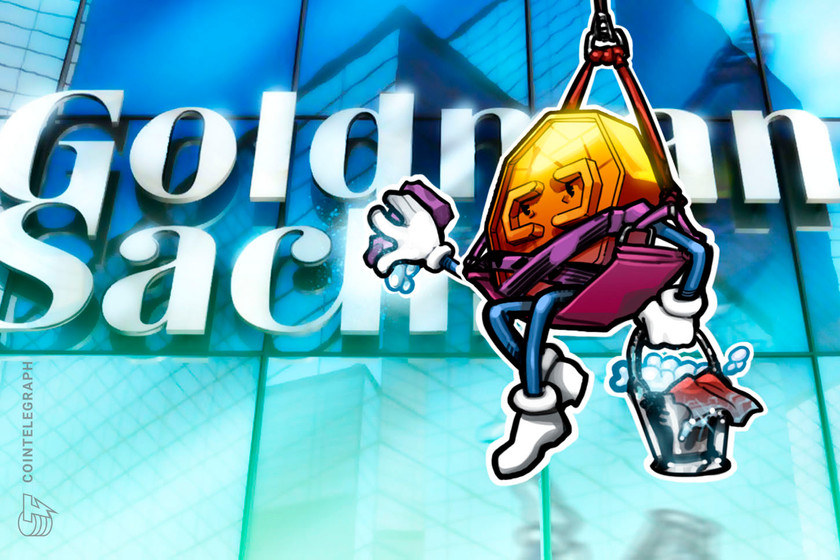Goldman Sachs still open to crypto hires amid massive 3,200 staff cut


Goldman Sachs digital asset lead Mathew McDermott said the bank remains “hugely positive” on exploring blockchain applications.
Goldman Sachs’ digital assets unit is reportedly open to bolstering its 70-strong team, despite a massive cost-cutting exercise at the firm last month that will see 3,200 employees clear their desks.
Mathew McDermott, global head of digital assets for Goldman Sachs, said the bank remains “hugely supportive” of exploring blockchain applications and that the digital asset division will hire “as appropriate” this year.
The executive made the comments in Hong Kong to Bloomberg last week, noting that the digital assets team has grown from just four staff members in 2020 to around 70 today.
The firm’s supposed openness to beef up its crypto team comes despite the firm cutting up to 3,200 jobs last month, its largest round of layoffs since the global financial crisis of 2008-2009.
The cuts have reportedly impacted senior, middle and junior-level executives and concentrated on its core trading and banking units, according to a person with knowledge of the matter.
In a presentation during Goldman Sachs’ 2023 Investor Day in New York, CFO Denis Coleman reportedly said part of the payroll cuts will also involve holding off on replacing departing employees this year, so it can instead focus on “prioritizing strategic hires.”
#GoldmanSachs now smaller than #MorganStanley by almost $40B
CEO David Solomon being blamed for underperformance & wrong strategy
Holding 2nd ever Investor day
Targeting returns in mid-teens
May spin off or sell #consumer biz
Remember $GS IPO’d at 4XBook now worth 4 times LESS pic.twitter.com/v9pQ70aOFw— Susan Li (@SusanLiTV) February 28, 2023
Related: Crypto layoffs decelerate, with layoffs falling to 570 in February
In December, McDermott said the firm was seeing opportunities to buy crypto companies that are “priced more sensibly” after the collapse of crypto exchange FTX, adding that they are already doing its due diligence on some crypto firms.
He noted that while FTX was a “poster child” of the space, ultimately, the underlying tech behind the industry “continues to perform.”
























